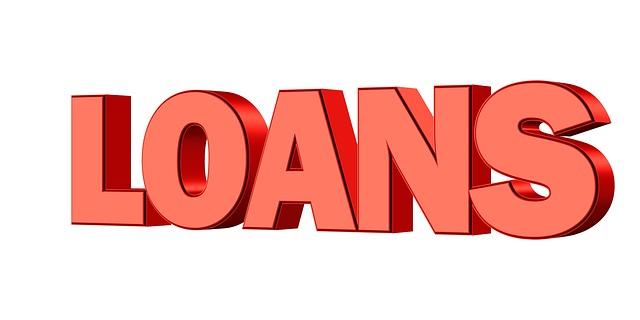After closing on the purchase of a new (or new to you) home, the terms and conditions of the mortgage might not be your ideal, but in order to get the house and obtain the loan, most succumb. You’ve already decided you will refinance as soon as that’s viable.
You can refinance to extend the term making the monthly payments more manageable, change the rate from adjustable to a fixed, predictable one, and attempt to get a lower interest rate. In any event, the existing loan will be replaced with one that will ultimately save money.
That should be the aim. You should, in some way, find a way to save overall when you refinance home loans and intend to remain in the house for a set number of years, or it’s not worth the exhaustive, time-consuming process or the potential fees and charges that are sometimes associated with it.
The recommendation is that a homeowner might consider the option of a refinance if there’s the chance to lower the rate by roughly “half a percentage point” plus have the inclination to remain in the house for a range of approximately 3-5 years. What does the refinancing process look like? Consider these steps.
What Does The Refinancing Process Look Like
Usually, when closing on a house, the prospective buyer settles on whatever loan terms the lender qualifies them for to get the home they want. The initial mortgage is not always ideal, with most borrowers intending to refinance as soon as the option is viable.
Primarily the goal is to reduce the interest rate with the recommendation that there be the potential for at least a half a percentage point reduction to make the refinance worth the effort.
You will also need to commit to living in the home for a 3-5 year timespan. Go to https://www.thebalancemoney.com/when-should-you-refinance-your-mortgage-5176297/ for advice on refinancing your mortgage. What should the refinancing process look like? Consider these steps before committing.
. Establish a budget with financial objectives for the foreseeable future outlined
Refinancing needs to be the answer to an objective. Generally, this would save money long-term, whether on the monthly installment or overall, in interest. Every aspect of the decision needs considerable forethought, especially if you intend to change the loan’s t money on each monthly installment, freeing up cash from monthly obligations, you will incur greater interest on the loan, ultimately making the price point higher when the balance is paid in full.
When you shorten the loan’s term, this is an actual cost saving. It might appear that you’re spending more on the loan because your monthly expenditure increases, but the interest accruing decreases. When all is said and done with the balance paid in full, you will be spending a great deal less for the loan total.
. Pay attention to your credit profile and score
In the same way, you need to meet the lender’s criteria with the initial mortgage process; refinancing has comparable qualifiers for the approval process. As always, the credit profile and score will be a primary consideration in determining where you will fall with interest rates.
When these are favorable, underwriters are more likely to approve the application. Lenders reviewing an FHA refinance will often accept scores as low as “580,” and those assessing a conventional application will look for scores at or above “620.” Borrowing limits will be higher with higher scores.
It’s not impossible to get a refinance with bad credit. Still, it’s unlikely there will be favorable terms or better than what you received with the original mortgage, and there is little chance of saving money, making an effort fruitless.
The goal should be to make improvements and then give it a shot. Go here to learn when refinancing is wise.
. Shop loan providers for competitive pricing and cost savings
No matter what product or service you’re shopping for, the suggestion is always to attempt to narrow your search down to three viable resources with whom you can then do a personal consultation either online or in person. In these meetings, you can get “the skinny” on their terms as they relate to your circumstances.
It will readily become apparent which company can better satisfy your financial needs and objectives, but you will need to designate when you want to “lock the rate” to keep it where you want it to be until the date of closing.
Aside from looking at the interest, pay attention to any fees or charges the lender expects with the refinance. Find out if these charges are payable upfront or can be rolled into the refinance, including closing costs if these will be required.
Some lenders will do a refinance boasting of being a “no-closing-cost loan.” That doesn’t mean you don’t compensate for these. The provider will usually tack on a higher rate or compensate with an increase in the overall loan total.
Final Thought
The primary thought process when considering the refinance process is whether there will be cost savings making the process worth the effort, time, and expense. Yes, the process is not free.
There will be costs associated with a refinance in the same vein as an original home loan, including “title insurance, appraisal costs, origination fee, taxes, potentially closing costs, and more.”
When using a loan calculator, you can determine how long it will take you to ultimately break even in your price point. If you have any inclination that you will not live in the house long enough to see the value of the refinance, then it’s not worth taking that step.
The recommendation is that you have a likelihood of remaining in the home for a range of roughly 3-5 years beyond the refinancing. It’s also wise to see at least half a percentage point savings in interest before making the move.
If you’re struggling to determine whether to replace the existing loan, speak with a financial counselor to help you better assess the financial repercussions.

